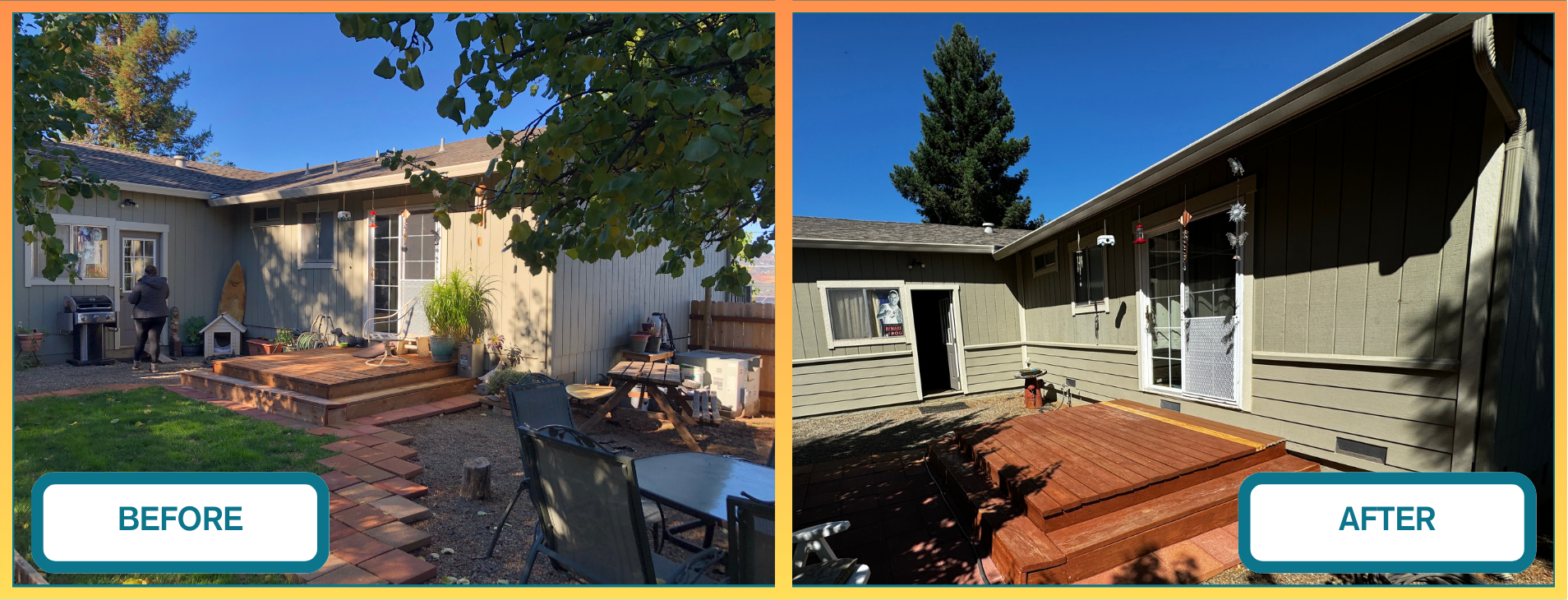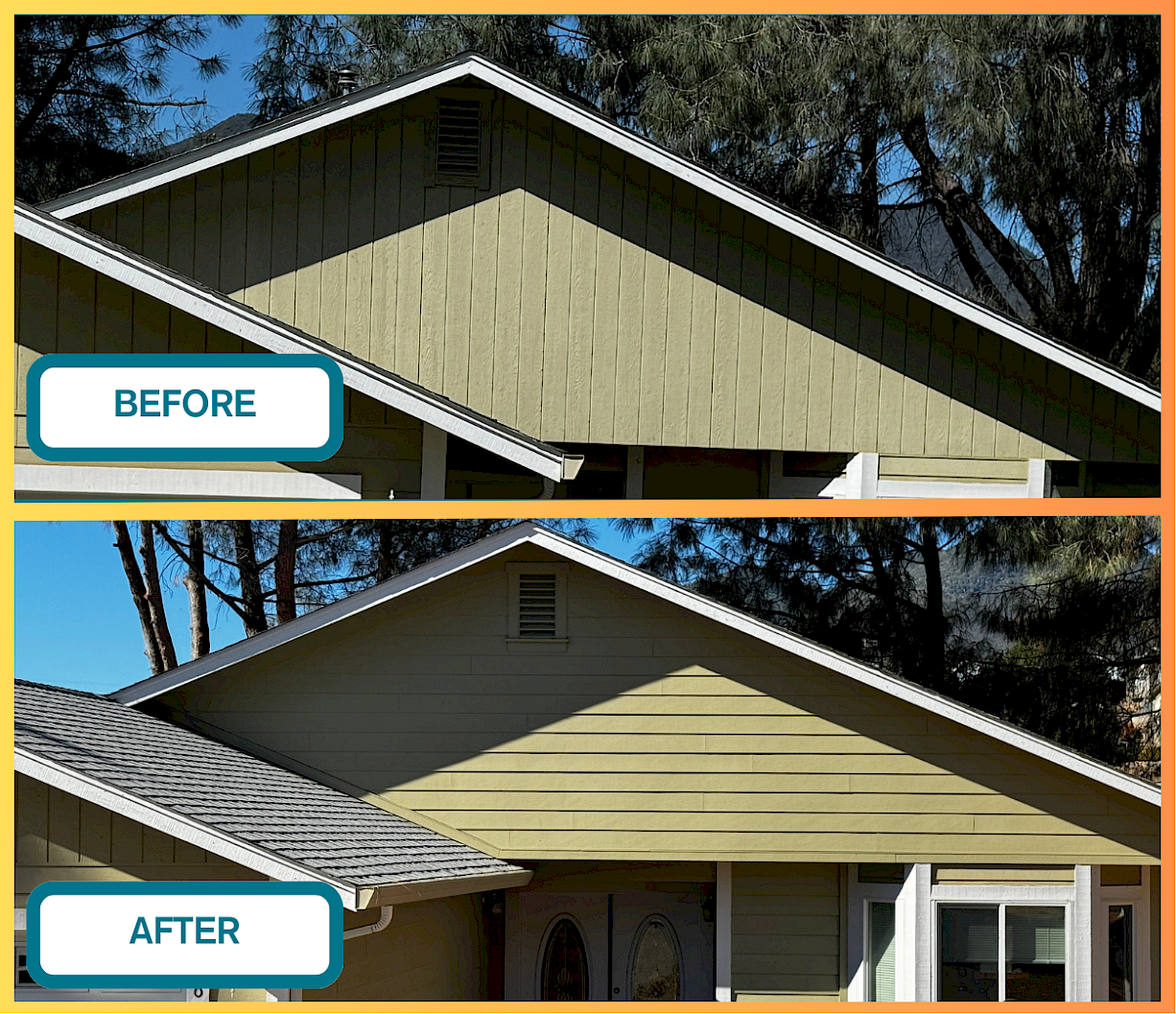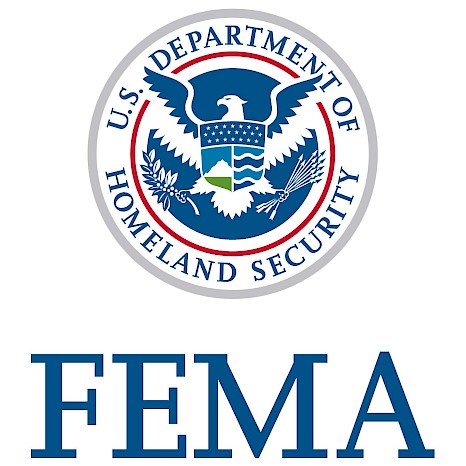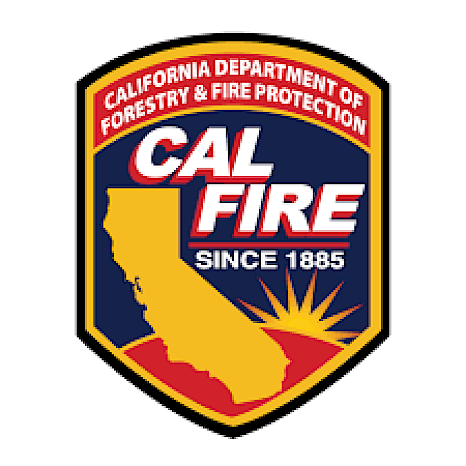Hardening Your Home's Exterior from Wildfire:
When it comes to wildfire safety, your home's exterior walls are crucial barriers that protect against flames and embers. Flammable materials or poorly maintained surfaces can quickly become the Achilles' heel of your home during a wildfire. Embers can penetrate any gaps larger than 1/8", latching onto unprotected walls, igniting flammable siding, wood, or insulation, and allowing the fire to spread rapidly. Strengthening your exterior walls with fire-resistant materials, such as stucco, fiber cement, or brick, significantly reduces the risk of ignition. Ensuring that these surfaces meet California's Wildfire Mitigation Program Code standards is essential for maintaining a strong defense against wildfires.

Key Points:
- Strengthen your home's exterior walls with fire-resistant or non-combustible materials.
- Seal gaps and openings to prevent ember intrusion.
- Ensure proper ventilation for all exterior wall retrofits.
- Follow building code guidelines for materials and installation.
This section details various exterior wall retrofit options to meet California's Wildfire Mitigation Program Code. Here's a breakdown:
Exterior Wall Retrofits:
Full Exterior Wall Replacement:
- Replace all exterior wall coverings with fire-resistant materials the most common being fiber cement board (ignition-resistant, non-combustible, or fire-retardant treated wood) that match the existing design.
- Ensure compatibility with existing components and proper ventilation.
- Follow building code requirements (CBC or CRC) for installation (Chapter 14 or 7) and flashing (Section 1404.4 or R703.4).
- Seal wall penetrations with firestop systems (ASTM E119, E814, UL 263, or UL 1479).
- Remove and dispose of old materials at an approved site.
- Prime and paint new components to match the existing color.
Partial Exterior Wall Replacement:
- Replace flammable sections of the lower 2 feet of your exterior walls with fire-resistant materials (same options as full replacement).
- Follow building code requirements (CBC 707A.3 or CRC R337.7.3) for material selection.
- Install flashing at the base of the covering if there's a gap that can allow embers.
- Follow disposal and installation instructions as mentioned in the full replacement section.
Exterior Wall Gap and Opening Repair:
- Seal small gaps or holes (up to 1/4") in your exterior walls to prevent ember intrusion and ignition.
- Larger gaps (over 1/4") require partial wall replacement following building code (CBC 707A.1-707A.11 or CRC R337.7.1-R337.7.11).
- Use approved firestop systems for gaps under 1/4".
Exterior Wall Trim Replacement:
- Replace combustible trim with fire-resistant options following building code (CBC 707A or CRC R337.7).
- Seal penetrations from the trim with approved firestop systems.
- Dispose of old trim at an approved site and paint new trim to match the existing color.
Exterior Porch and Underside Retrofits:
- Replace or cover combustible exterior porch ceilings, floor projections, underfloor protection, or soffits with fire-resistant materials (same options as full wall replacement).
- Ensure proper ventilation (CBC Section 1202 or CRC Section R806) and follow installation requirements (CBC Chapter 14 or CRC Chapter 7).
Unenclosed Wall Area Protection:
- For areas under the structure that cannot be enclosed, install metal mesh (1/16" to 1/8" diameter) to prevent embers from entering.
- Remove debris before installation and ensure the mesh allows occasional access for cleaning.
- Maintain proper ventilation (CBC Section 1202 or CRC Section R408).

Combustible Wall Intersection Flashing Retrofits:
- Install metal flashing at the roof-to-wall intersection to protect the combustible exterior covering from embers or flames.
- Follow building code requirements (CBC 1404.4 or CRC R703.4) for flashing installation.
- Seal penetrations with approved firestop systems.
Combustible Wall Intersection Replacement:
- Replace flammable exterior coverings at roof intersections with fire-resistant materials (same options as full wall replacement) that complement existing components.
- Follow building code requirements (CBC 707A.3 or CRC R337.7.3) for material selection, installation (CBC Chapter 14 or CRC Chapter 7), and firestop systems.
- Dispose of old materials and paint new ones to match the existing color.
Compliance References:
- CBC (California Building Code): Sections 704A.2, 707A, 707A.3, 1202, 1404.1-1404.18, 2303.2
- CRC (California Residential Code): Sections R337.7, R337.7.3, R408, R703.1-703.17, R806

Disclaimer: The California Wildfire Mitigation Program Home Hardening Initiative recommends the following measures to retrofit a residence. Please note that not all retrofits listed are available in the Lake County Home Hardening Program.
If you have any additional questions please contact us at homehardening@ncoinc.org or call 707-461-0760.
« Previous: Window Retrofits




